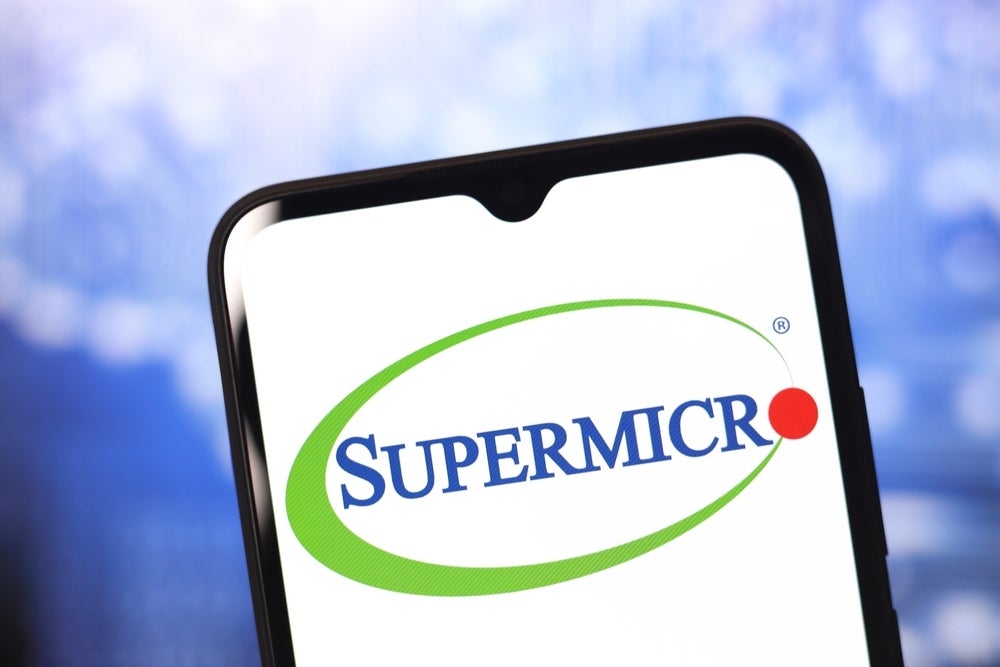Market Pulse
The decentralized finance (DeFi) landscape on TRON is buzzing with the official relaunch of Wrapped Bitcoin (WBTC), a move aimed at bolstering the network’s liquidity and interoperability. However, this much-anticipated event is shadowed by a peculiar phenomenon: the persistent dominance of an older, reportedly ‘abandoned’ wrapped Bitcoin iteration on the same blockchain. This intriguing situation raises questions about asset identity, user trust, and the fragmented nature of wrapped assets within the crypto ecosystem, prompting a closer look at what this dual existence means for TRON and its users.
The Official Return of WBTC to TRON
WBTC, or Wrapped Bitcoin, serves as a vital bridge, bringing Bitcoin’s immense liquidity to Ethereum and other smart-contract-enabled blockchains. Its relaunch on TRON is a strategic play to deepen the network’s DeFi offerings, allowing TRON users to leverage Bitcoin’s value within its dApps and protocols. This official rollout, presumably backed by the WBTC DAO and its associated merchants, promises a robust and audited mechanism for wrapping and unwrapping BTC, ensuring the 1:1 backing that is crucial for maintaining trust in a wrapped asset.
- Enhanced Liquidity: The official WBTC provides a trusted conduit for Bitcoin liquidity into TRON’s DeFi, potentially boosting trading volumes and lending/borrowing opportunities.
- Standardized Asset: A formal WBTC offering aims to create a universally recognized and integrated Bitcoin proxy within the TRON ecosystem.
- Increased Interoperability: Facilitates smoother interactions between Bitcoin holders and TRON’s diverse dApps.
The Enduring Mystery of the ‘Abandoned’ WBTC
The curious twist in this narrative is the continued prominence of a pre-existing, unofficial or less-supported wrapped Bitcoin on TRON, which reportedly still holds a significant amount of value – potentially more than the newly launched official version. The genesis of this ‘abandoned’ asset is less clear, likely stemming from earlier, independent efforts to bring Bitcoin liquidity to TRON before the official WBTC DAO formally expanded its support. Its continued size suggests a resilient user base or deeply integrated usage within specific TRON protocols, despite its potentially ambiguous backing or upgrade path.
- Historical Integration: The older version may be deeply embedded in specific DeFi protocols or liquidity pools on TRON, making migration difficult.
- User Familiarity: Early adopters and long-term TRON users might be accustomed to the older variant, leading to inertia.
- Lack of Clarity: The term ‘abandoned’ can be vague, indicating anything from lack of official support to a defunct development team, yet its holdings persist.
Implications for TRON’s DeFi Ecosystem and User Trust
The presence of two distinct wrapped Bitcoin assets, one official and one unofficial yet larger, poses several challenges for TRON’s DeFi ecosystem. It can lead to user confusion regarding which asset to use, potential liquidity fragmentation, and arbitrage opportunities, but also risks if one version were to lose its peg or encounter security issues. For TRON, fostering a clear and secure environment for wrapped assets is paramount to attracting more institutional and retail capital. The network must navigate this complexity to ensure stability and clarity for its participants.
Navigating the Fragmentation of Wrapped Assets
This situation on TRON is a microcosm of a broader challenge facing the multi-chain crypto landscape: the fragmentation of wrapped or synthetic assets. While innovation drives new wrapping mechanisms, it also creates a dizzying array of tokens claiming to represent the same underlying asset. For users, distinguishing between officially backed, well-audited versions and unofficial or less-supported alternatives becomes crucial. The integrity of the 1:1 backing mechanism is everything, and any ambiguity can erode trust and introduce systemic risk.
Conclusion
The official relaunch of WBTC on TRON is a positive step towards enhancing its DeFi capabilities and integrating with the broader crypto economy. However, the unexpected persistence and scale of an older, ‘abandoned’ wrapped Bitcoin highlight the complexities of asset standardization and user behavior in a rapidly evolving, decentralized environment. TRON, along with the WBTC DAO, will need to clearly communicate the distinctions and advantages of the official WBTC to foster migration and consolidate liquidity, ultimately ensuring a more secure and transparent experience for all users.
Pros (Bullish Points)
- Official WBTC relaunch enhances TRON's DeFi liquidity with formal backing.
- Increases interoperability, allowing Bitcoin value to flow more securely into TRON dApps.
Cons (Bearish Points)
- The existence of a larger, 'abandoned' WBTC version can cause user confusion and liquidity fragmentation.
- Potential for reduced trust if the distinction between official and unofficial wrapped assets isn't clear.
Frequently Asked Questions
What is Wrapped Bitcoin (WBTC)?
WBTC is an ERC-20 token that represents Bitcoin (BTC) on other blockchains, primarily Ethereum. It's designed to bring Bitcoin's liquidity to DeFi protocols, maintaining a 1:1 peg with BTC and backed by actual Bitcoin held in reserves.
Why is WBTC relaunching on TRON?
The relaunch aims to officially integrate WBTC into TRON's DeFi ecosystem, enhancing liquidity for TRON-based decentralized applications and providing a trusted, standardized way for users to leverage Bitcoin's value on the TRON network.
What is the 'abandoned' WBTC version on TRON?
This refers to an older, unofficial or less-supported iteration of wrapped Bitcoin that has existed on TRON. Despite the official relaunch, this previous version still holds significant value, raising questions about its origin, backing, and continued usage.



